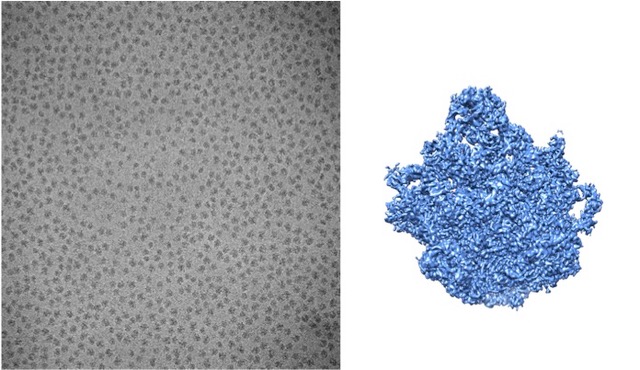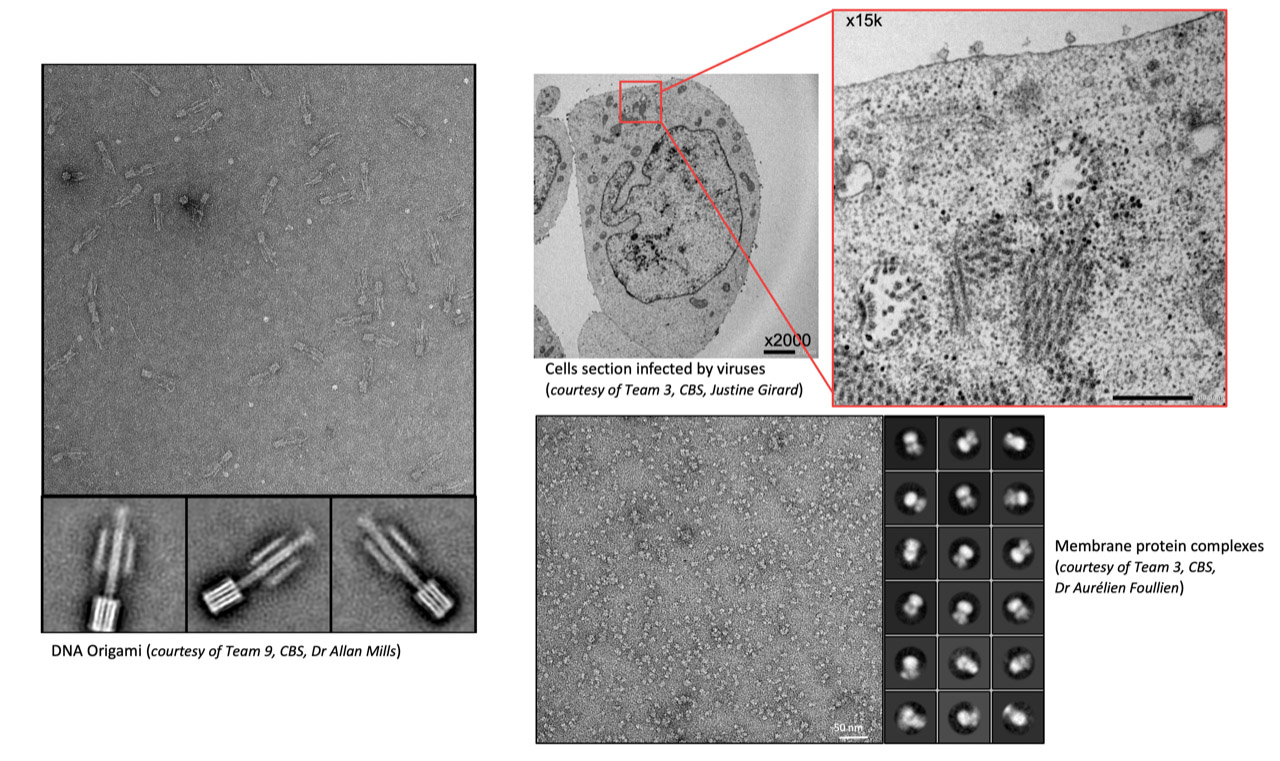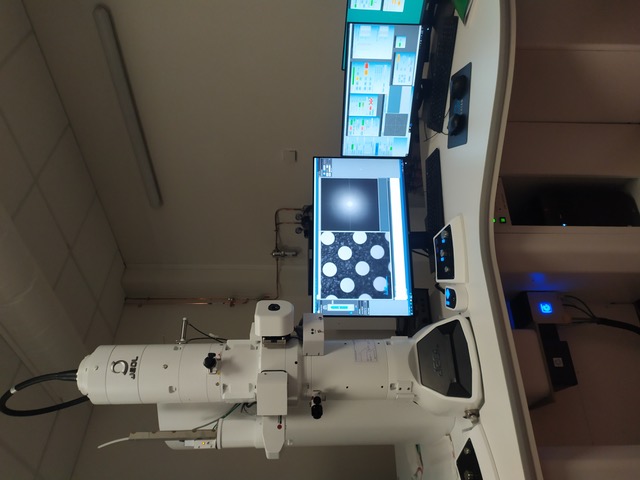Micro electron diffraction
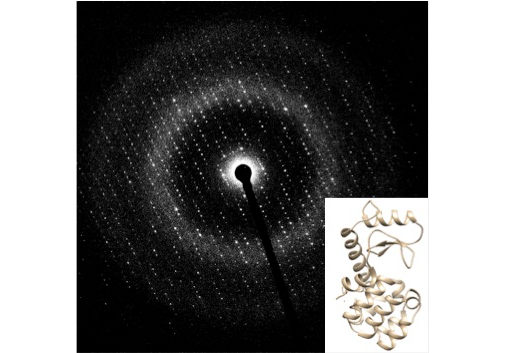
| Service |
Micro electron diffraction
|
|
| Goal |
Structural analysis of tiny crystals by electron diffraction |
|
|
Micro electron diffraction is a recently developed method in cryo electron microscopy that allow the collection of high resolution electron diffraction data from extremely small three-dimensional crystals that are in the range of 0,1 -0,4 mm thick using a transmission electron microscope. We implemented this approach on the JEOL 2200FS electron microscope and investigated its application to membrane protein crystals. |
||
|
|
||
| Comment | Need to prepare crystals (see X-ray crystals preparation) then cryo EM sample freezing. | |
| Equipement |
Cryo Electron Microscope
|
Vitrobot (ThermoFischer)
|
Pumping Station (Gatan) for cryo holders
|
||||||
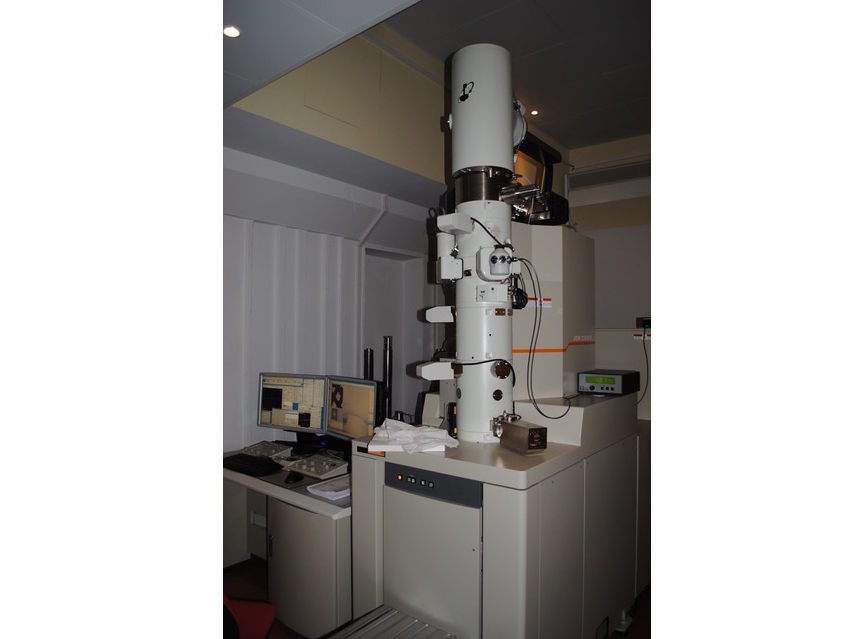 |
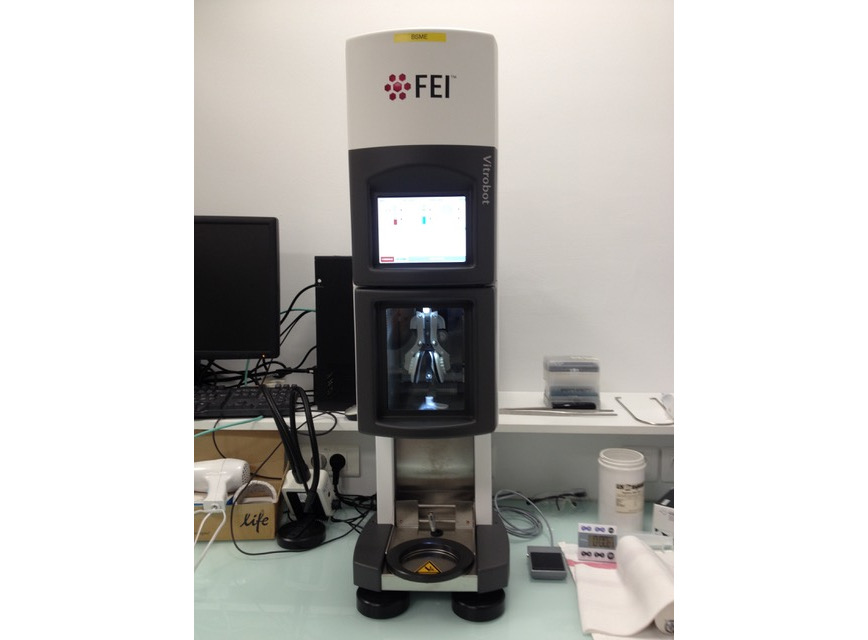 |
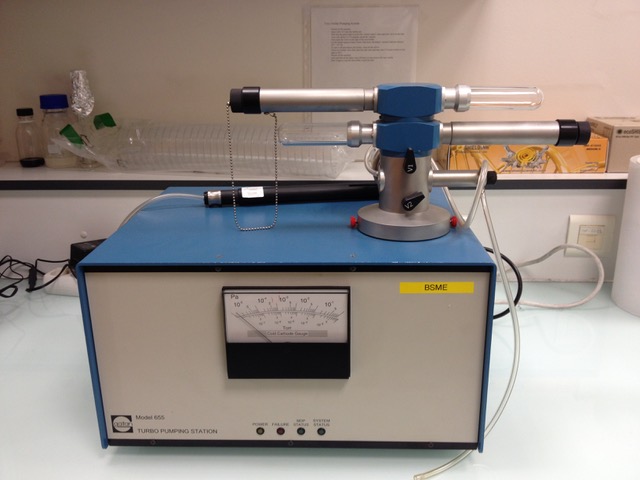 |



